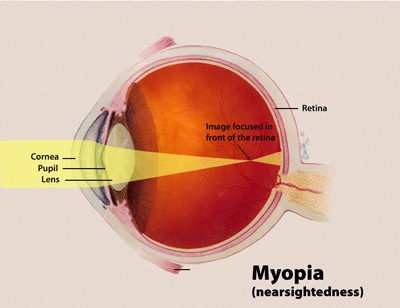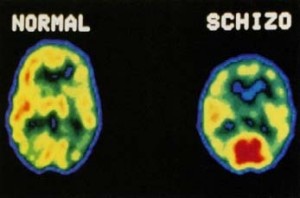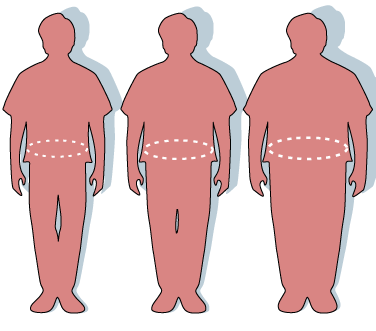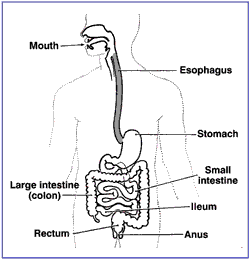Whenever Michael Buffers announces “Let’s get ready to rumble!” I get a tingly feeling at the back of my neck because I know what’s about to go down, two men who have trained for months are about to go to battle in a ring with only some gloves on. Being a boxing fan nothing is more entertaining than seeing a boxer knocking out (KO) his opponent.
But I never thought of the implications the boxers face, until I saw the debilitating state of one of the greatest boxers ever to live, Muhammad Ali. At the age of 42, in 1984 Ali was diagnosed with Parkinson’s disease, doctors and scientists believe that the main culprit for the disease was possibly the repeated blows to the head he received during his reign in the ring.
Finding studies on this matter was not too difficult, it seems in the recent years it has been a field of intensive study.
“A knock-out in neuro-psychiatric terms corresponds to a cerebral concussion.”
In 2010, a study out of the Technical University of Munich conducted by Hans Forstl evaluated the health of boxers for the past 10 years. They discovered that getting knocked out resulted in persistent symptoms such as headaches, impaired hearing, nausea, unstable gait, and forgetfulness. A long career in boxing may result in boxer’s dementia (dementia pugilistica), which is strikingly similar to Alzheimer’s disease.
So what exactly happens to cause a knock-out?
A report by Popular Mechanics written by Marita Vera goes into technical aspect of the knock-out.
“The body contains dissolved sodium, potassium and calcium, collectively known as electrolytes, which are responsible for conducting impulses along neurons. Every time a fighter receives a blow to a nerve, potassium leaves the cell and calcium rushes in, destabilizing the electrolyte balance, while the brain does all it can to keep these levels in balance. With each successive blow, this balance becomes harder and harder to maintain, and more and more energy must be spent in the process. When the body reaches the point where the damage outweighs the body’s ability to repair itself, the brain shuts down, to conserve enough energy to fix the injured neurons at a later point.”
Dr. Charles Bernick and his colleges from the Cleveland Clinic’s Lou Ruvo Center for Brain Health have compiled over a 100 boxers and mixed martial artists (MMA) fighters to conduct studies on their brain. Through M.R.I scans, they found a reduction in the size in the hippocampus and thalamus of the brains of fighter with more than six years in the ring. Dr. Bernick notes that “these parts of the brain deals with the function of memory and alertness.”
This video shows the work of Dr. Charles Bernick:

Prevention?
Along with Dr. Bernick’s work, Sanna Neselius and her team out of Gothenburg, Sweden are working on bio-markers in the blood that indicates the severity of damage to ones brain.
“Preferably, we would like to find a simple blood test that provides the same information as our more advanced brain fluid examinations. The capability does not presently exist, but can perhaps become an option in the future with further and more extensive studies.”
Discovering what these boxers have put on the line, day in and day out has gained a great sense of respect from my part, hopefully through the power of science there will be better ways to prevent and protect these courageous men and women doing their jobs, while not taking anything away from the true essence of boxing.
-Alvinesh Singh






























